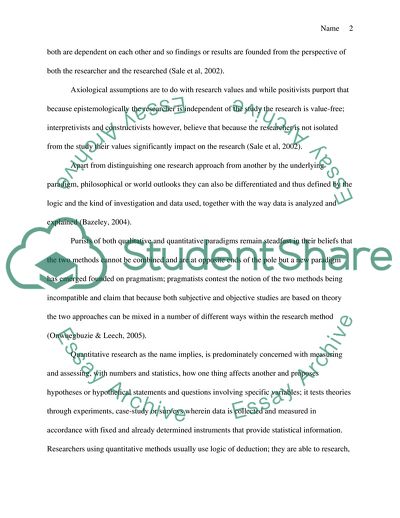Cite this document
(Research Methods Overview Term Paper Example | Topics and Well Written Essays - 2250 words, n.d.)
Research Methods Overview Term Paper Example | Topics and Well Written Essays - 2250 words. https://studentshare.org/humanitarian/1740584-research-methods-overview
Research Methods Overview Term Paper Example | Topics and Well Written Essays - 2250 words. https://studentshare.org/humanitarian/1740584-research-methods-overview
(Research Methods Overview Term Paper Example | Topics and Well Written Essays - 2250 Words)
Research Methods Overview Term Paper Example | Topics and Well Written Essays - 2250 Words. https://studentshare.org/humanitarian/1740584-research-methods-overview.
Research Methods Overview Term Paper Example | Topics and Well Written Essays - 2250 Words. https://studentshare.org/humanitarian/1740584-research-methods-overview.
“Research Methods Overview Term Paper Example | Topics and Well Written Essays - 2250 Words”. https://studentshare.org/humanitarian/1740584-research-methods-overview.


